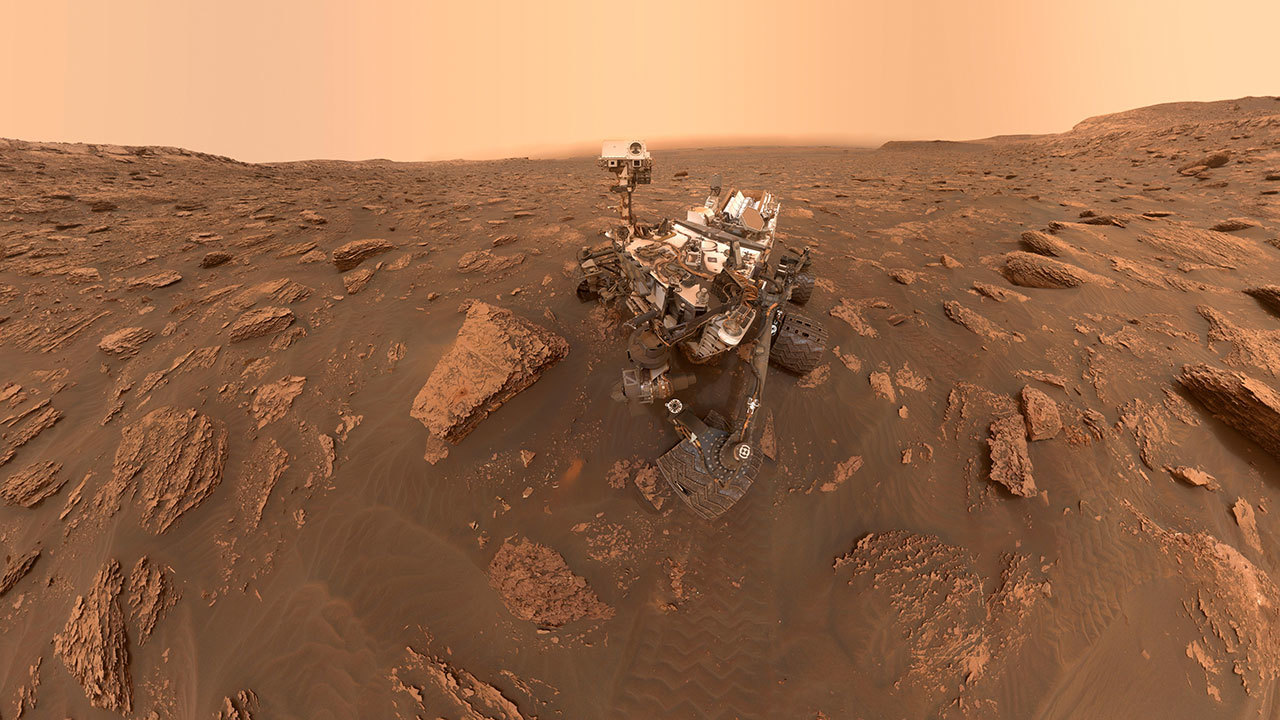
Nasa photos iso#
ISO controls the camera’s light sensitivity. Exposure time (shutter speed) is how long light is allowed to enter the camera. Lower numbers like f/2 indicate larger openings than higher numbers, like f/12. Don’t be afraid to change the settings ― that’s why they’re there! The three you’ll need to concern yourself with are aperture (f-stop), exposure time (shutter speed), and ISO.Īperture (f-stop) is the size of the shutter opening that allows light into the camera.
Nasa photos manual#
Now it’s time to start experimenting with your camera, so put it in manual mode. With the right positioning, you can obtain a crisp, clear Moon image.ĭigital or film camera Digital or film camera If you have access to a telescope, you can point your phone into the eyepiece. Start with a faster shutter speed and adjust downward. If possible, you can also play with the shutter speed to ensure that the Moon is exposed correctly. If your phone allows you to change settings such as ISO (sensitivity to light) and aperture (the size of the opening that lets in light), try setting the ISO low and the aperture wide. Experiment with your zoom to determine whether or not it will help with your Moon picture. Some phones have a genuine optical zoom, but others have digital zoom and just perform a crop ― which you could do yourself after you take your picture. Zoom may or may not be helpful, depending on your phone. Or you can try taking a picture as the Moon rises over the horizon, when it tends to appear larger. You may want to try taking your photos during a time when the Moon is not too much brighter than the sky, like twilight or dawn, so that your phone’s camera will have less contrast to deal with.
Nasa photos software#
Even professional photographers use software to clean up and improve their Moon pictures. You can also edit your photos afterwards. An important concept in all astrophotography is “lucky imaging,” which boils down to taking lots of photos so that you get at least a few in which the atmosphere was unusually steady, the camera didn’t shake, and the focus was perfect. Take plenty of digital images ― you can easily delete the ones that don’t work out. You might take hundreds of images before your Moon pictures start to look good to you, but don’t be discouraged ― the effort is worth the work.

“Try and try again” is the key to great Moon photography.


You’ll need to develop a good feel for the settings that work best, which will vary based on factors related to both your camera and the type of image you’re trying to capture. Always start by experimenting with the equipment that you already have. Getting great Moon photos takes practice. Try these tips and techniques to make the most of your next lunar photo opportunity. We’ve all seen moonlit moments that take our breath away and make us wish we could capture them forever. Floating serenely in the sky, the Moon presents an enticing target for photographers on Earth.


 0 kommentar(er)
0 kommentar(er)
